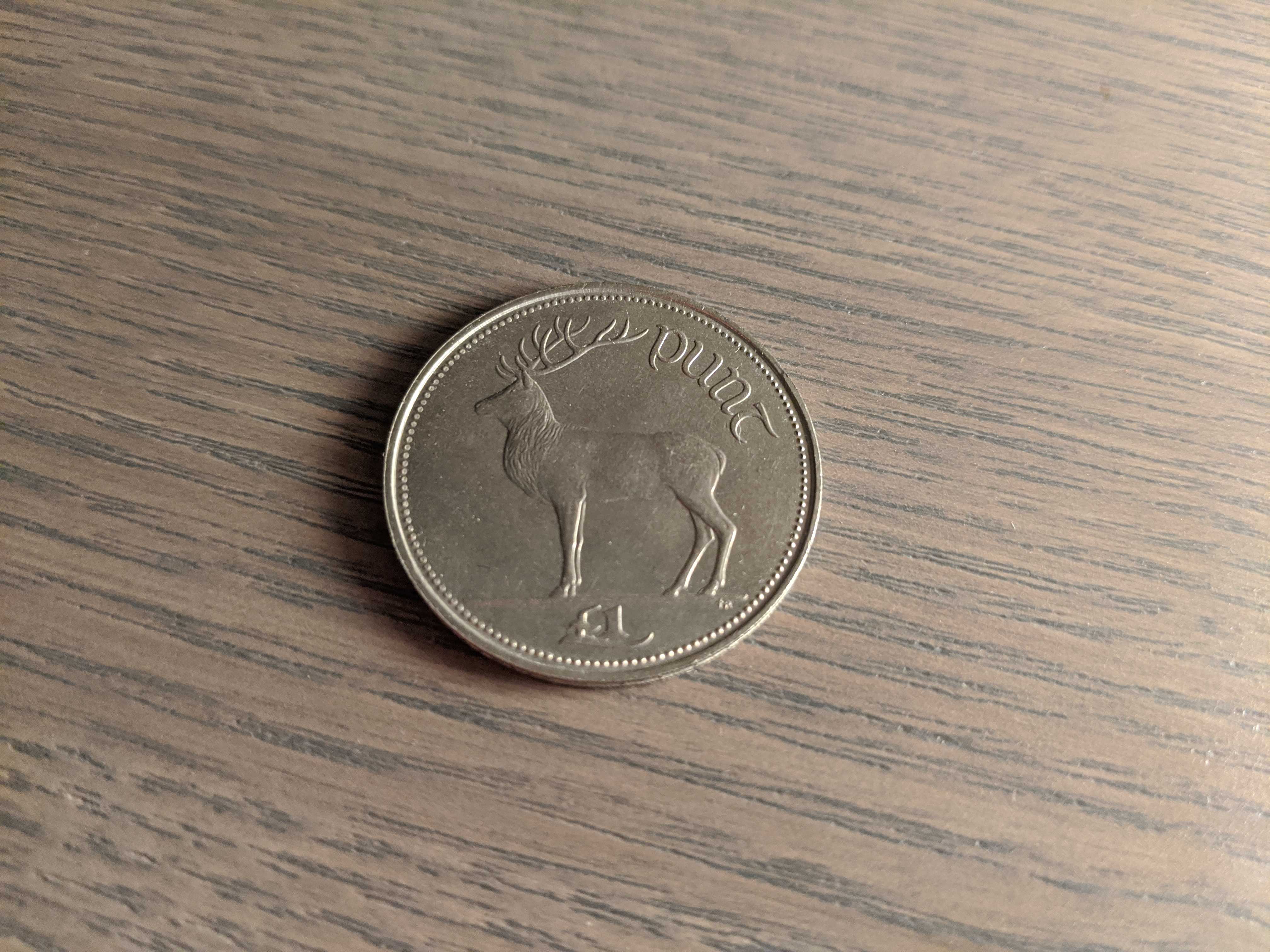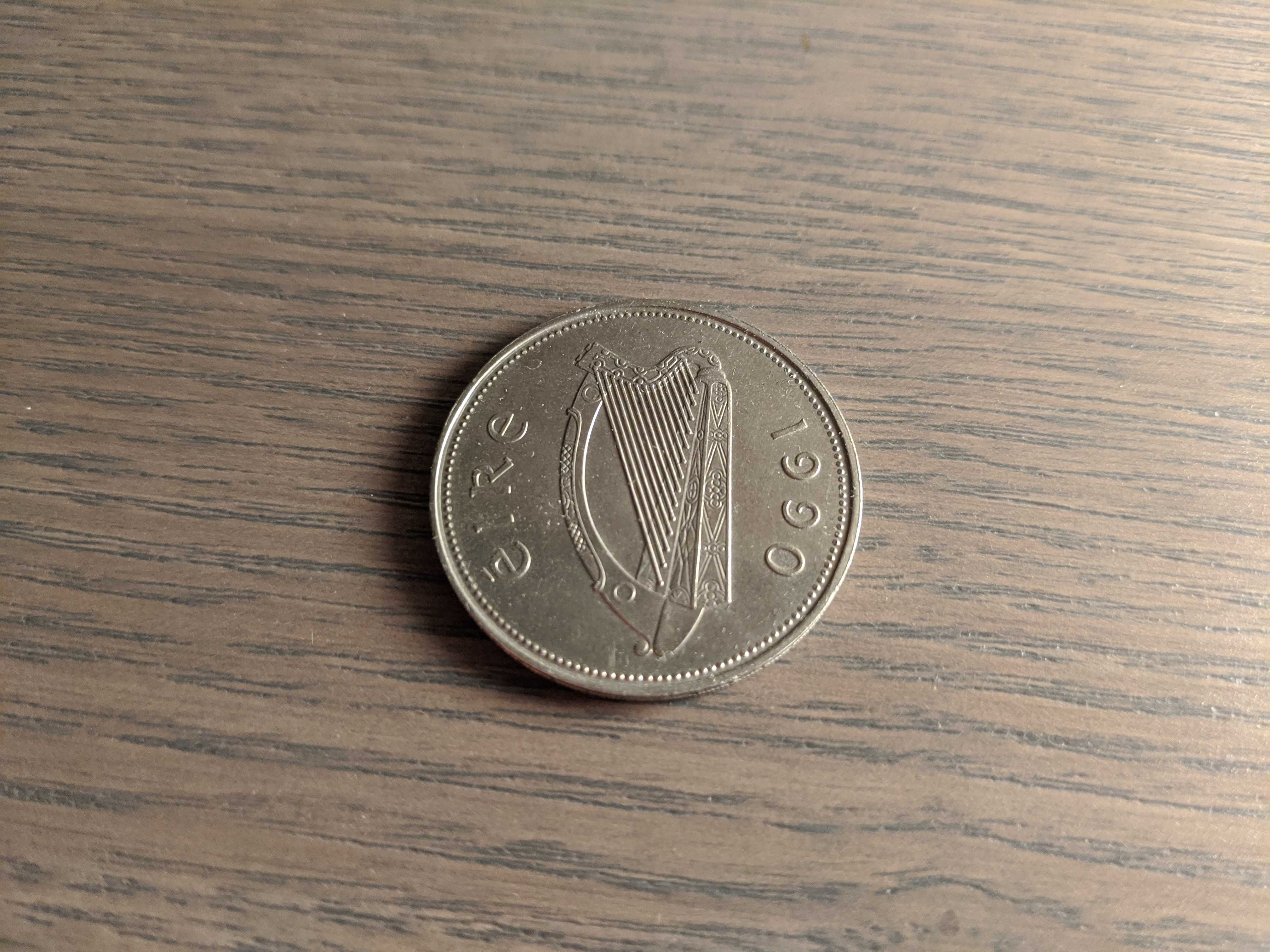Coin Flip Experiment
In this experiment, I flip a 1 Irish pound coin 100 times, write down the results, then analyse the data and see what I can learn from it. It is a small dive into the basics of probability.
The Coin


The Flips
It took 9 minutes to flip the coins manually 100 times, and the results are as follow:
H= Heads
T = Tails
H H H T H H H T H T
T T T H H T H T H T
H T H H H T T H T H
H T T H H T H T T H
H H H H H T T T H H
T H T T H H T H H T
T T T T T T T H T H
T T T T T T H T T H
H T H T H T T T T T
H T H H H H H T T H
Total Heads: 48
Total Tails: 52
Analysis
Let’s note that extra precaution is needed in our reasoning because humans don’t always have a good intuiton about probabilities, especially with conditional probabilites, as demonstrated by Penney’s Game or the Monty Hall Problem.
First, we will take a look at how probable our above outcome is and what we could have expected before tossing the coin 100 times, or what we expect anytime we toss a coin 100 times.
The result of 1 coin flip is binary: it can land either on Heads or Tails. We can store the result of the that unique coin flip into 1 bit of information: by definition, 1 bit can hold by either of 2 values which corresponds exactly to a coin flip. A contrario, for example, the outcome of a die roll would require more than a single bit to store represent one of 6 different outcomes.
Flipping a coin yields one of two possible outcomes, and the probability of each is 50%. We say the expectation of each outcome if 0.5: E(H) = 0.5, E(T) = 0.5.
Flipping a coin multiple times